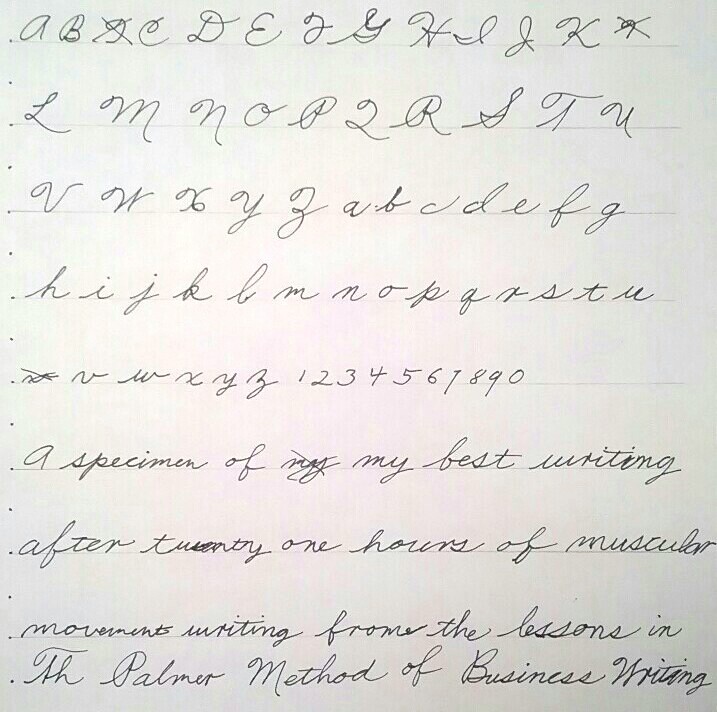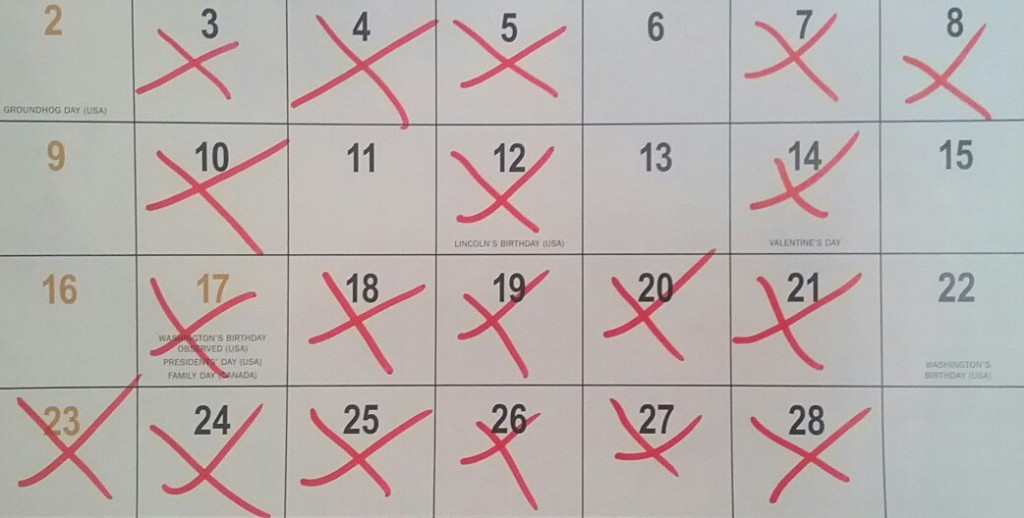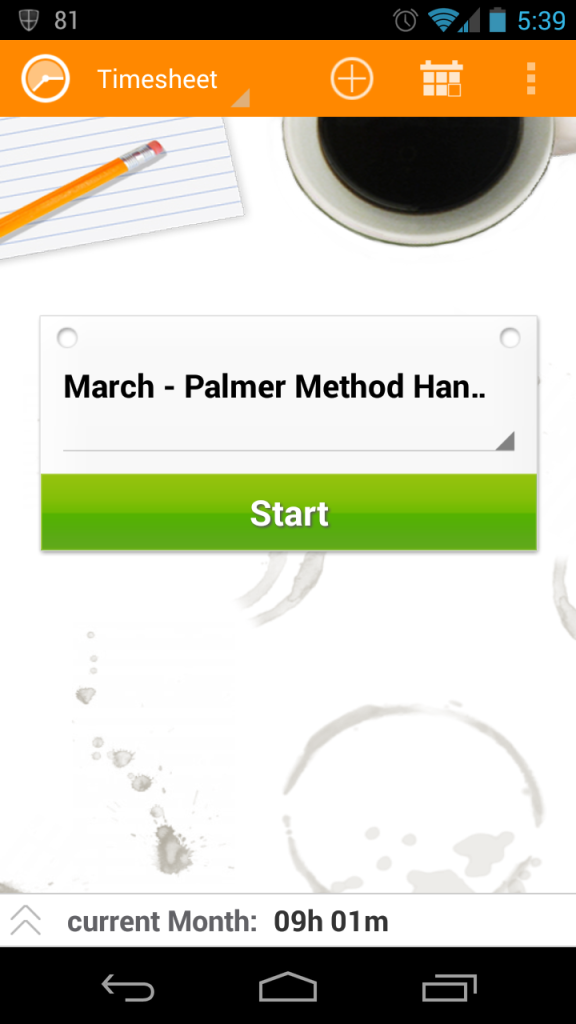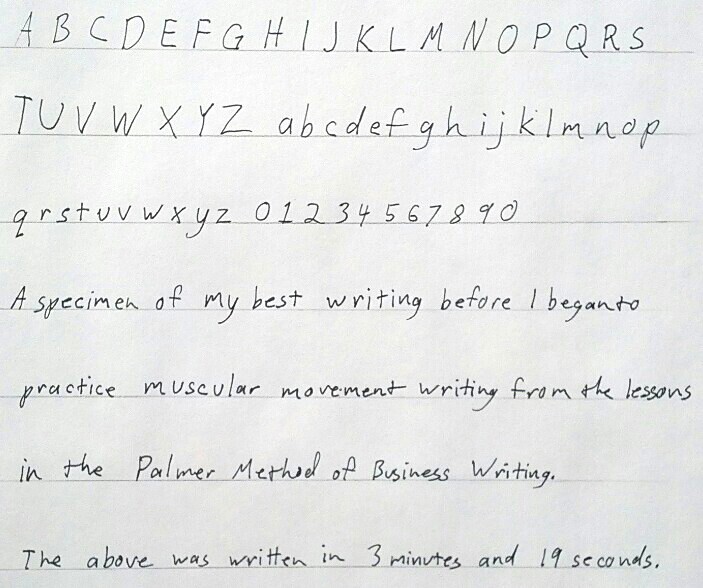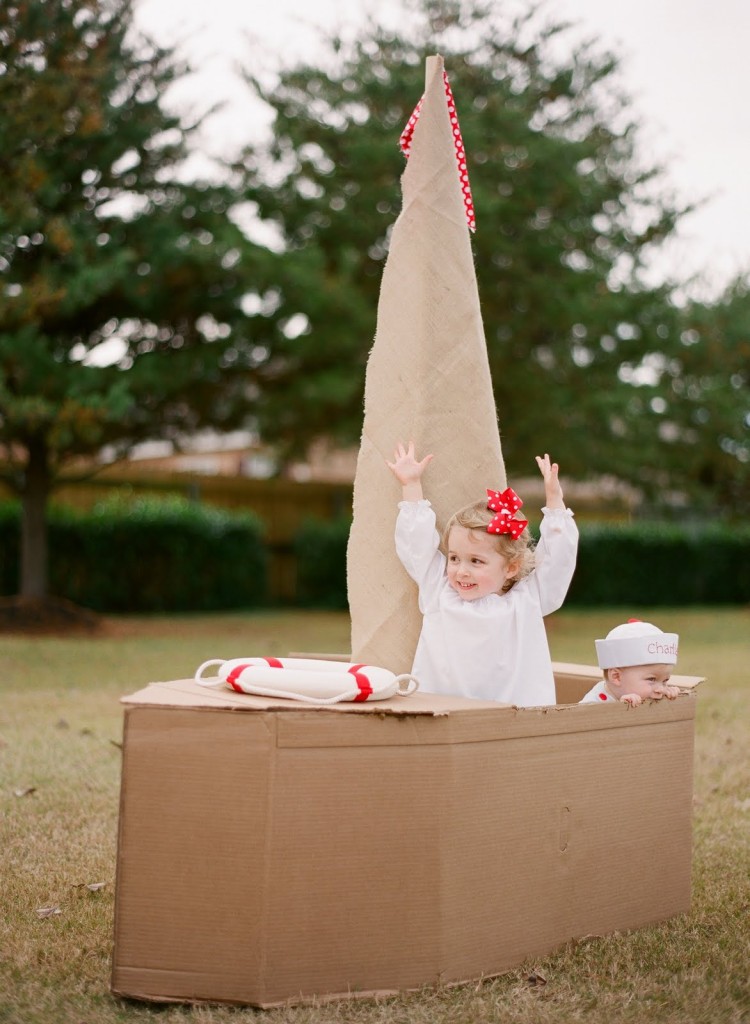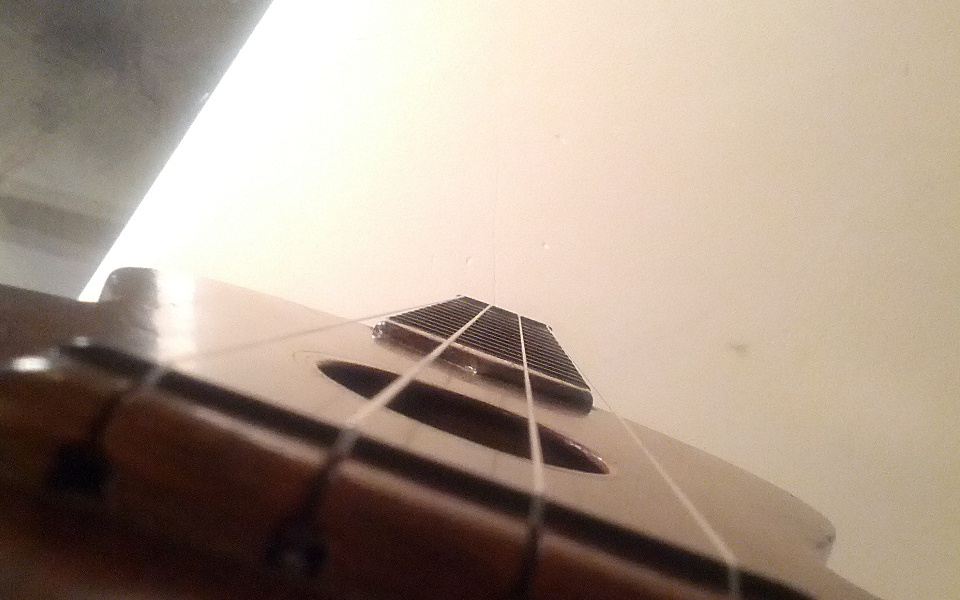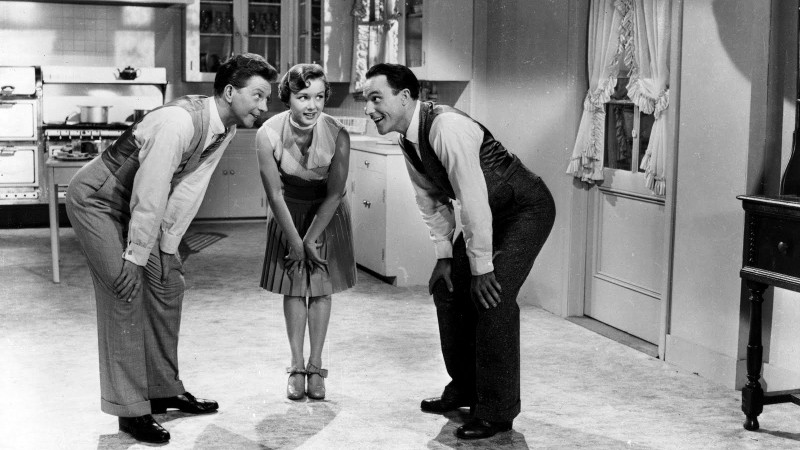
April was both good & bad for rapid skill acquisition. On the one hand, I missed a great many days, and only tap danced for a little over 15 hours. On the other hand, the skill of rapid, complicated footwork came without too much difficulty! Becoming really good at tap dancing obviously takes a immense amount of time, as evidenced by the fact that there have only been a handful of tap dancing virtuosos over the past century, but in under 20 hours I learned all of the basic steps, and developed them to a functional (albeit not especially quick) speed.
In my learning I just followed the video lessons linked to in my introductory post, and while the music used and the teacher’s clothing weren’t in the traditional style (or even very nice at all), it didn’t hinder the learning process. Because of the fact of following the lessons, I would learn a new short routine each day or two, but not well enough to actually recall many days hence. This wasn’t an issue though, as the continuous learning helped me to become familiar with the individual steps and tie them together as instructed, rather than just knowing one routine. There was one simple routine that I practiced all through the month:
I also was fooling around and did a fun spin. Yay!
My greatest problem throughout April was my dance floor. I was using a very small (3′ 9″x18.5″) ancient scrap board through most of the month, which was constraining for movement, and didn’t produce the clearest sound. Close to the end of the month I did get a magnificent 4’x4′ sheet of 4-ply pine board, which felt wonderfully expansive, and was a great deal louder & clearer. If only I’d been able to acquire it earlier on, everything about tap dancing would have been even better! But no great loss.
All in all, I would call April a success. I’ve sort of met my ambiguous target performance level, and I think am much more comfortable and fluid with the skill than I had anticipated I would be at this point.

